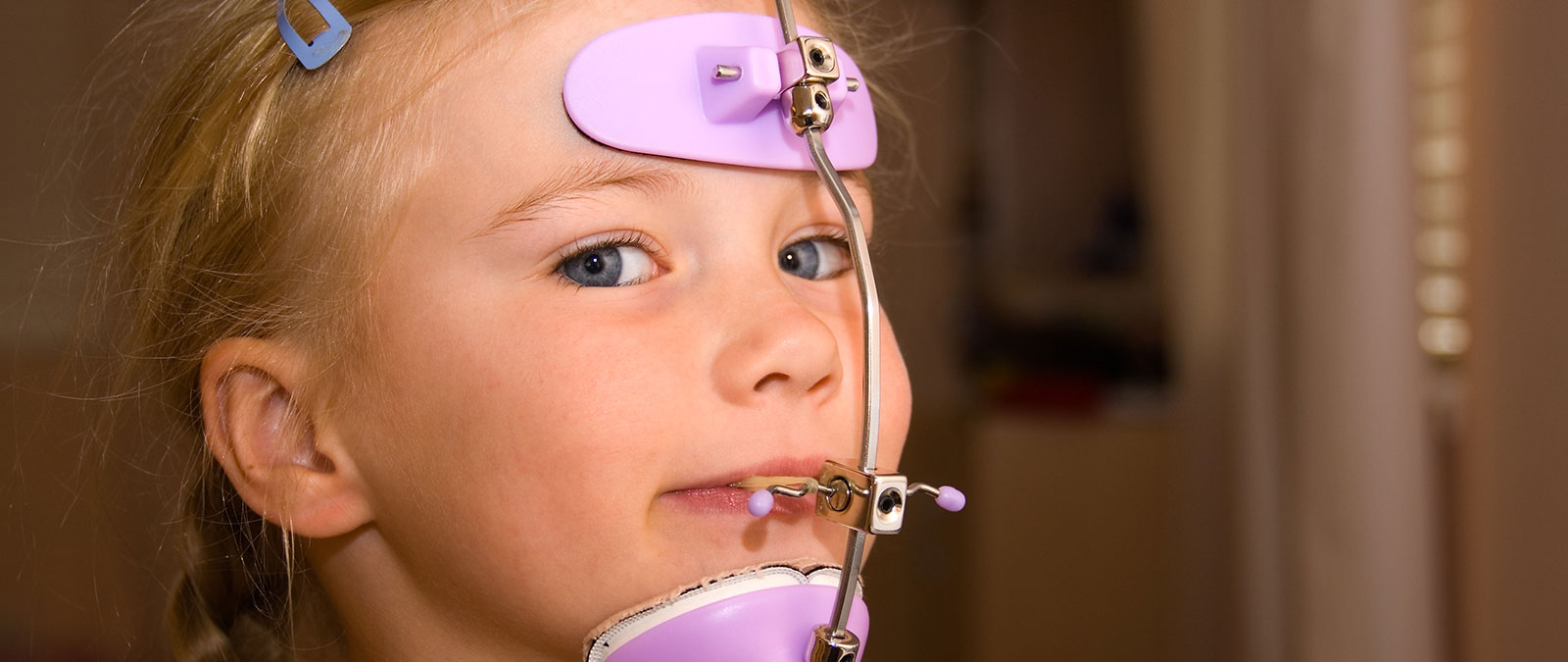Treatment Options
When orthodontic intervention is not necessary, an orthodontist can carefully monitor growth and development and begin treatment when it is ideal.
Between the ages of 11 and 15 is the most common time for orthodontic treatment. At this time, most if not all of the permanent teeth have erupted and are in place, and crooked teeth, gaps and bad bites can easily be detected. These problems will rarely ever correct themselves, so this is when most parents decide to seek orthodontic treatment.
During this age, children are growing rapidly, and orthodontists can usually take advantage of these growth spurts to help shape the bite and teeth correctly. And children at this age have high metabolisms, which can help shorten overall treatment time and reduce the discomfort of orthodontic treatment.
This is also a good time for orthodontic treatment because many negative opinions about braces are not present. Many children in this age range undergo orthodontic treatment, and children are very often able to be convinced to wear braces because they see their friends wearing them, too, and want to fit in.
Orthodontics is not just for children and teens. In fact, 1 in every 5 patients in orthodontic treatment is an adult. No one is too old for orthodontic treatment.
Adults seek orthodontic treatment for many of the same reasons as children. Some adults had orthodontic problems as children but were unable to correct them until now. Others, who had orthodontic treatment as children, may need further treatment as adults due to relapse or limitations in initial treatment.
Orthodontic treatment at later stages in life can dramatically improve your personal appearance and self-esteem. Improving the health of your teeth and gums is equally important. Crooked teeth and a bad bite can contribute to gum and bone loss, tooth decay, abnormal wear of the tooth enamel and surfaces, headaches and jaw joint (TMJ/TMD) pain.
Good news! The new techniques and appliances we use greatly reduce discomfort levels, decrease the frequency of visits, shorten treatment time and may allow you to choose from several options. Your options may include metal braces, translucent braces, lingual braces or transparent aligners.
Jaw surgery is sometimes required for adults due to the lack of jaw growth as an aid in orthodontic treatment. Some adults may have experienced bone loss or gum tissue loss over the years; this may limit the amount and direction of tooth movement possible in adult cases.
Just as orthodontics repositions teeth, surgical orthodontics (also known as orthognathic surgery) corrects jaw irregularities to improve the patient’s ability to chew, speak, and breathe and for improved facial appearances. In other words, surgical orthodontics straightens your jaw. Moving the jaws also moves the teeth, so braces are always performed in conjunction with jaw correction. This helps make sure teeth are in their proper positions after surgery.
Your orthodontist will consider surgical orthodontic treatment for non-growing adult patients with improper bites and those with facial aesthetic concerns. Jaw growth is usually completed by age 16 for girls and 18 for boys. All growth must be completed before jaw surgery can be performed. However, the pre-surgical tooth movements can begin one to two years prior to these ages.

